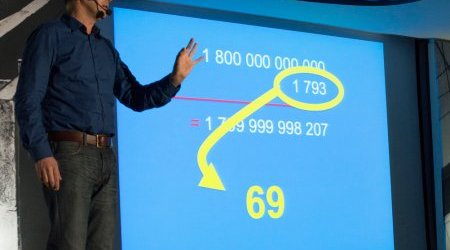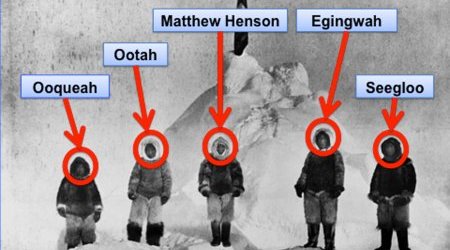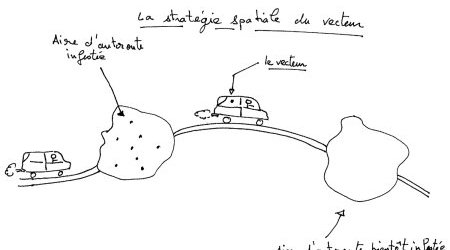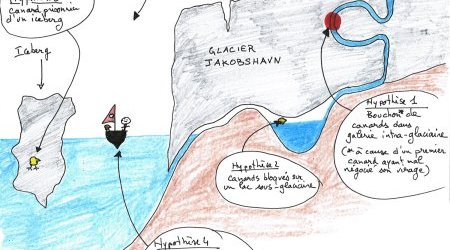The Atlas of the Anthropocene is a collection of cartographies of the world’s upheavals.
Each cartography is a creation based on specific fieldwork. It thrives on investigations, meetings and discussions with experts of the mapped spaces and studied topics.
Thus, each cartography brings into play a territory.
Each cartography asks a central unresolved question. This is what I call the cartography’s axial issue. The question is essential. Without the question, there would be no cartography.
Each cartography develops a reasoning based on a hypothesis. For that purpose, it uses very efficient presentation tools.
Each cartography also has a special moment, which I often call “the ontological break”. However, the ontological break isn’t automatic.
Each cartography provides one or several answers to the original question. The answer can be a true answer or a new question. But whatever the answer, there is always one. Because a cartography with no answer isn’t a cartography.
Each cartography lasts around one hour. But it’s never easy to say everything in an hour.
All the cartographies have the same structure. Only the content varies (because the content always depends on the question asked). Each cartography requires: one large screen, one powerful video projector, one computer, one microphone headset, one table and one flipchart with a white surface for dry wipe markers (but not systematically, it depends on many things, especially on the flipchart with a white surface for dry wipe markers).
The cartography device is easily adaptable to various kinds of places.
The first cartography was created in 2010. The total number of cartographies in the Atlas is still unknown.
It can therefore be said that the Atlas of the Anthropocene is a project in development.
Or that it has no end.
Atlas:
- Greek giant, Titan. Atlas has to carry the celestial vault on his shoulders (the punishment that Zeus imposes on him in order to punish him for his participation in the war between giants and gods).
- A mountain range in North Africa
- The first cervical vertebra that supports the head
- A set of geographical or astronomical charts
The Anthropocene:
Referring to a new geological era, the Age of Man, which would have started in the eighteenth century, and is characterised by the fact that Man might have become the main agent of the planet’s evolution. With the Anthropocene, it can be said that Man is meeting Earth’s History, and this encounter generates a lot of new things, that I like to put into cartographies.
Frédéric Ferrer






